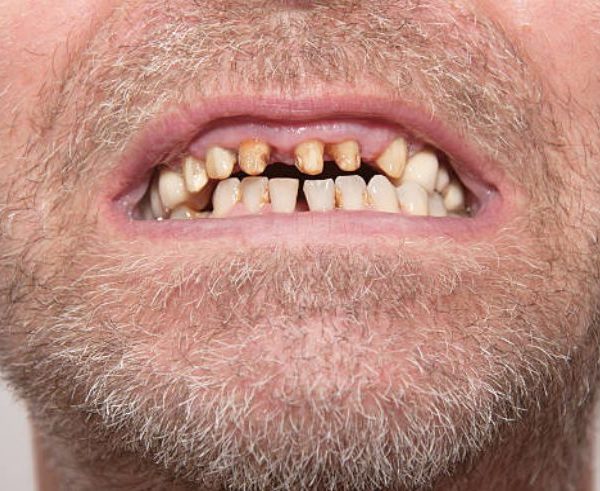LANAP, laser-assisted new attachment procedure, is a protocol used to treat and to improve the pocket depth and bone density in individuals with moderate to advanced periodontal disease. This technique has been in use for more than a decade, and it has become more widely implemented since its FDA approval in 2004. It is an alternative to the traditional periodontal osseous surgery with cutting a flap. Its implementation is providing evidence to support the claims that improved pocket depths and bone density are the result of the use of its Nd:YAG laser. Dental practitioners using the procedure are trained and certified at the Millennium Dental Technologies Inc. in California.
Gum disease or periodontal disease is a common problem that plagues more than 75 percent of the American population. The severity of gum disease has been categorized into two main groups: gingivitis (the mildest form) and periodontitis. Periodontitis is further subdivided into aggressive and chronic forms. Some types of periodontitis are manifested as a part of systemic disease or as a necrotic periodontal problem. Depending on the diagnosis and health history of the individual, different modes of treatment may be pursued to achieve the best result.
The ramifications of gum disease are becoming better known as medical research is able to identify associations between periodontal disease and health issues such as diabetes and coronary disease. As research continues, overall health and its relationship with oral health is being better understood. The data gathered from periodontal charting in the dental office along with a visual oral exam are tools used to gauge the propensity of an individual toward escalating periodontal disease and the health issues associated with it.
Isolated and general moderate periodontal disease might first be treated with a non-surgical approach. This non-surgical approach is referred to as tissue conditioning which may include some scaling of the root surfaces. This is called root planing. It is abbreviated as SRP for scaling and root planing. This treatment is used to manage the symptoms, to remove the endotoxins on the root surfaces, and to halt the progression of the disease. Maintaining the effects of this treatment is imperative. This requires consistent, frequent periodontal maintenance cleaning appointments. If treatment is not maintained, SRP is often needed again.
If periodontal disease is allowed to progress, a surgical approach to treatment may be needed. Surgical periodontal treatment could follow the unsuccessful use of non-surgical treatment, or the dentist may choose to move immediately to the more aggressive form of periodontal management. Traditional treatment of osseous surgery with cutting a flap is considered painful by patients because its methods do not allow the practitioner to be as selective between treating diseased and healthy tissue. The LANAP protocol is selective for diseased tissue without having to cut a flap. This selectivity spares the destruction of healthy tissue which allows this surgical procedure to minimize post operative pain, swelling and sensitivity. This laser protocol provides an option to traditional therapy in treating moderate to advanced periodontal disease.
Providing options that allow the patient to proceed with treatment is important. I have seen the results that LANAP has provided my patients as they have chosen treatment. Monitoring one’s health by maintaining good oral health is the best option. My dental staff strives to provide our patients with treatment options to achieve one’s best health. LANAP is another tool available to help patients find results that align with their desired objectives.



